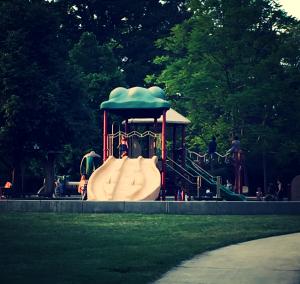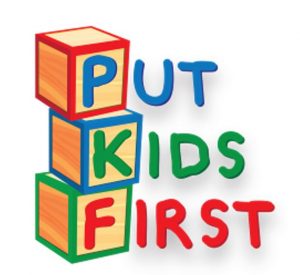
We watched in horror as a child was pulled around like a ragdoll by a gorilla at the Cincinnati Zoo. The world was shocked. Some were shocked because the child was in the gorilla exhibit, some were shocked because they felt that the child was not being supervised by their parents, some were shocked because the zoo killed the gorilla, some were even shocked because the child did not sustain any life threatening injuries.
After the shock comes the blame. I will let others place blame. This is not to say that I don’t have an opinion. I would just rather examine ways to prevent this and other situations from occurring where children can be injured.
There was a situation last week were a school age child was left at the zoo by his school. These situations have occurred far too often and as a result, we need to better educate parents and teachers to protect the children that are in their care. How can and should we do things better to keep our children safe? If you can ask anyone, they would say that they want to keep children safe but what will they do to keep them safe? The saying is true that “it takes a whole village to raise a child.” We as a society have strayed away from the idea of watching out for our children.
Communication
Positive communication is needed rather than acts of judgement to keep our children safe. When you see a child in a potentially dangerous situation, say something. We all have a responsibility to help in situations when needed.
Unattended Children
Children should not be left alone in a car or public area for any reason because it leaves them in a vulnerable state. If you see a child wandering unattended, contact the police and stay with the child in one area until the police arrive. You want to stay in the same area to make it easier for the child to be located. Remember that it is harder to find a moving object. Stay in a safe place unless the police have you change locations. If the parents or caregiver show up to retrieve the child, release them and inform the police. The reason that you want to follow-up with the police is because this could be an isolated incident or it could be a pattern and the child could be in danger due to lack of supervision. Let to authorities make the final decision.
Watch Children
Parents and caregivers have to keep their eyes out for children at all times. If you have a child that you are responsible for, make sure that you watch them and communicate with them at all times. This sounds simple but it really does work. Younger children should be placed in strollers or wagons to contain them. Older children should never be in charge of younger children in crowded areas. An older child watching a younger child is not a good idea especially if the younger child has not developed their listening skills. Recognizing your child’s perpensity for certain behavior will be the best way to keep them safe.
Listening Skills
If you have a child that does not listen, do not take them to areas where there are large crowds, as they increase the probability that they could get lost. Children that have not developed proper listening skills should be taken to places with small crowds. This will reduce the chances of them becoming overstimulated and potentially wandering off. You will know that the child has developed their listening skills when you can ask them to follow directions without repeating yourself multiple times. There are certain situations where you will have to ask children more than once, like to pick up their toys or to stop running inside. There are other things that you should be able to say once and the child will listen. These things are: do not touch that, stay with me, and hold my hand. These and others are instructions that can be told to a child with developed listening skills once. Let’s all do our part to keep the jewels of the earth safe and happy.




